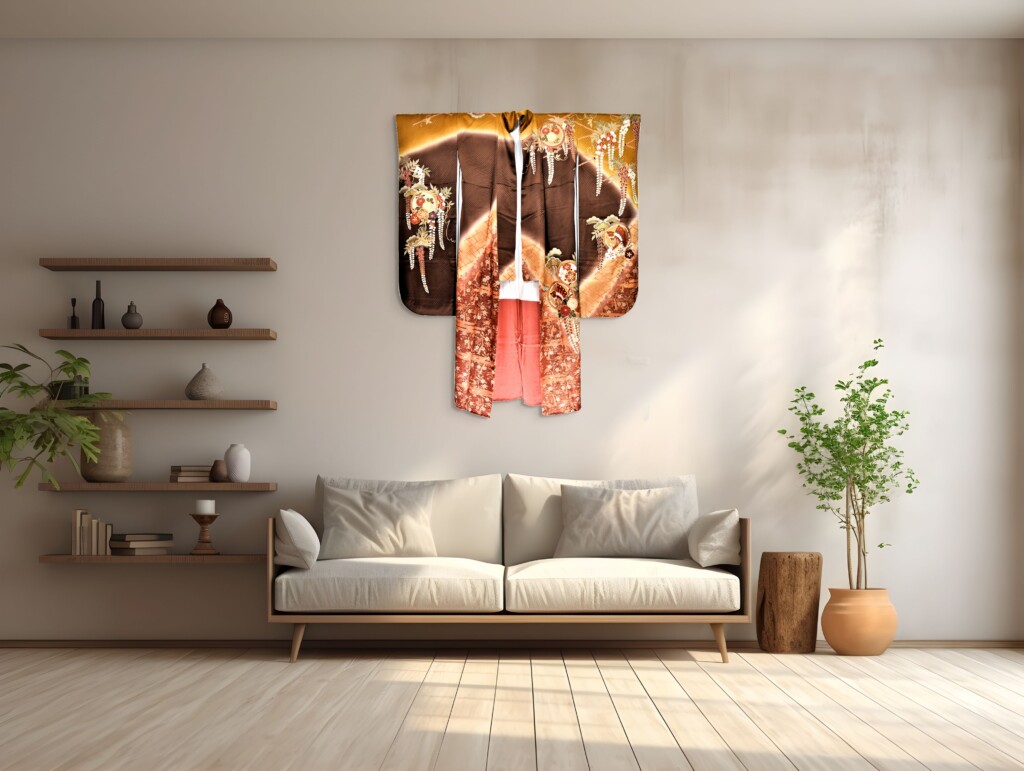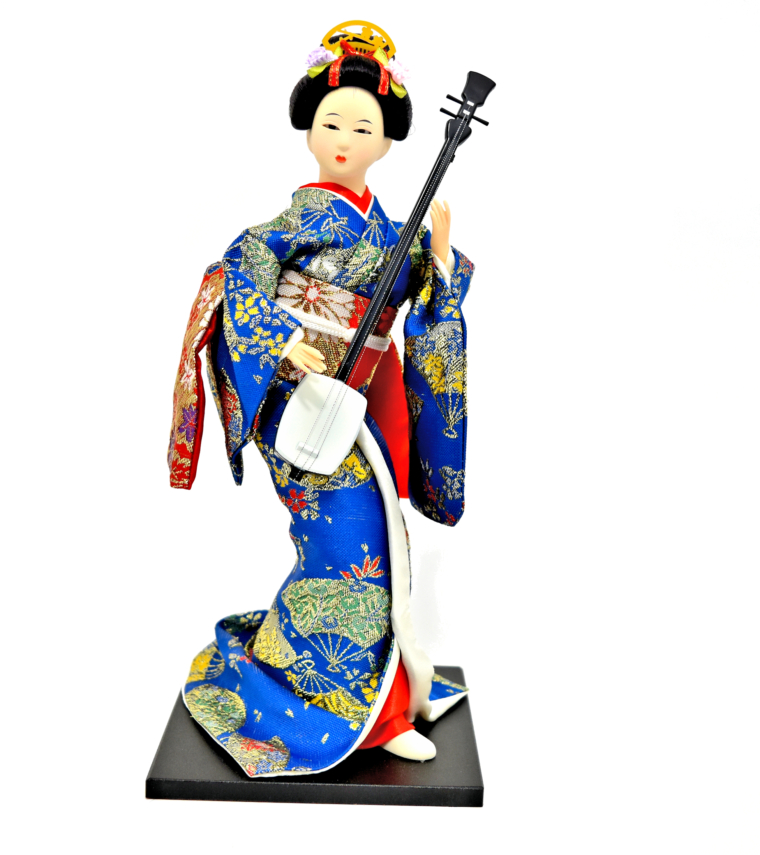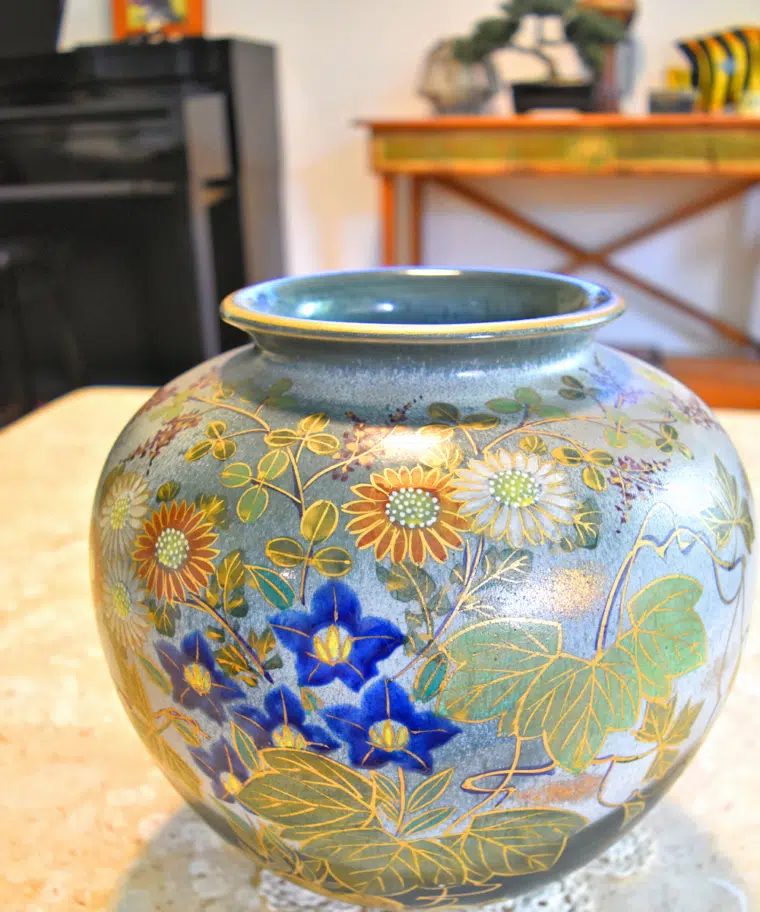Integrating a Japanese theme into a modern home is an exercise in sublime balance. It’s not about replication; it’s a fusion that strips design down to its essential, soulful core. The result is a sanctuary that feels both timeless and thrillingly contemporary—a space that doesn’t shout, but whispers with profound intention.
The magic lies in the principle of Ma (間), the consciousness of negative space. A modern home, with its clean lines and open-plan living, is the perfect canvas. Against a minimalist backdrop of neutral tones—soft whites, charcoal greys, warm woods—each Japanese artifact is given room to breathe, transforming from mere decoration into a deliberate, artistic statement.
Imagine a single, vintage silk kimono hung against a high, unadorned wall. This is not just fabric; it’s a wearable painting. The way it’s displayed is crucial. Instead of being trapped in a frame, it might hang from a simple bamboo or polished copper pole, allowing the heavy silk to drape naturally. The light catches the iridescent thread of an embroidered tsuru (crane) or the subtle gradient of a hand-dyed wave. It becomes the room’s soul, a story of artistry and history that infuses the entire space with a soft, aristocratic grace.
This same principle applies to the obi. A long, intricately woven silk sash, perhaps from the Taishō period with bold, Art Deco-inspired patterns, becomes a stunning piece of linear art. Hung vertically, it draws the eye upward, its gilded threads and vibrant colours acting as a dramatic, yet controlled, slash of energy against a stark plaster or smooth concrete wall.
But beauty is also found in the small, curated moments. A cluster of Kokeshi dolls on a floating maple shelf provides a touch of shibui—a subtle, unassuming beauty. Their simple, limbless forms, hand-painted faces, and the warm patina of aged wood offer a quiet personality, a stark contrast to mass-produced clutter. Nearby, a small collection of antique silk fans (sensu), perhaps displayed half-unfurled in shadow boxes, become sculptural objects. Their delicate ribs and painted scenes of mountains or blossoms suggest movement and elegance, capturing a sense of refined, fleeting beauty.
Achieving this balance is the key consideration. The design must be curated, not collected. For every dramatic kimono, there must be an expanse of empty wall. For every group of intricate dolls, there must be a simple, unadorned surface. The dialogue is between the old and the new, the complex and the simple.
The main things to consider are materiality, light, and intention. The palette should be grounded in nature—wood, stone, linen—allowing the silk and lacquer of the Japanese pieces to truly sing. Light should be soft and diffused, mimicking the gentle glow of shoji screens. Most importantly, every piece must have a purpose or a story. When this harmony is struck, the home is no longer just a modern space; it is a living gallery, a serene dialogue between two cultures, and an evocative, exciting testament to a beauty that endures.





